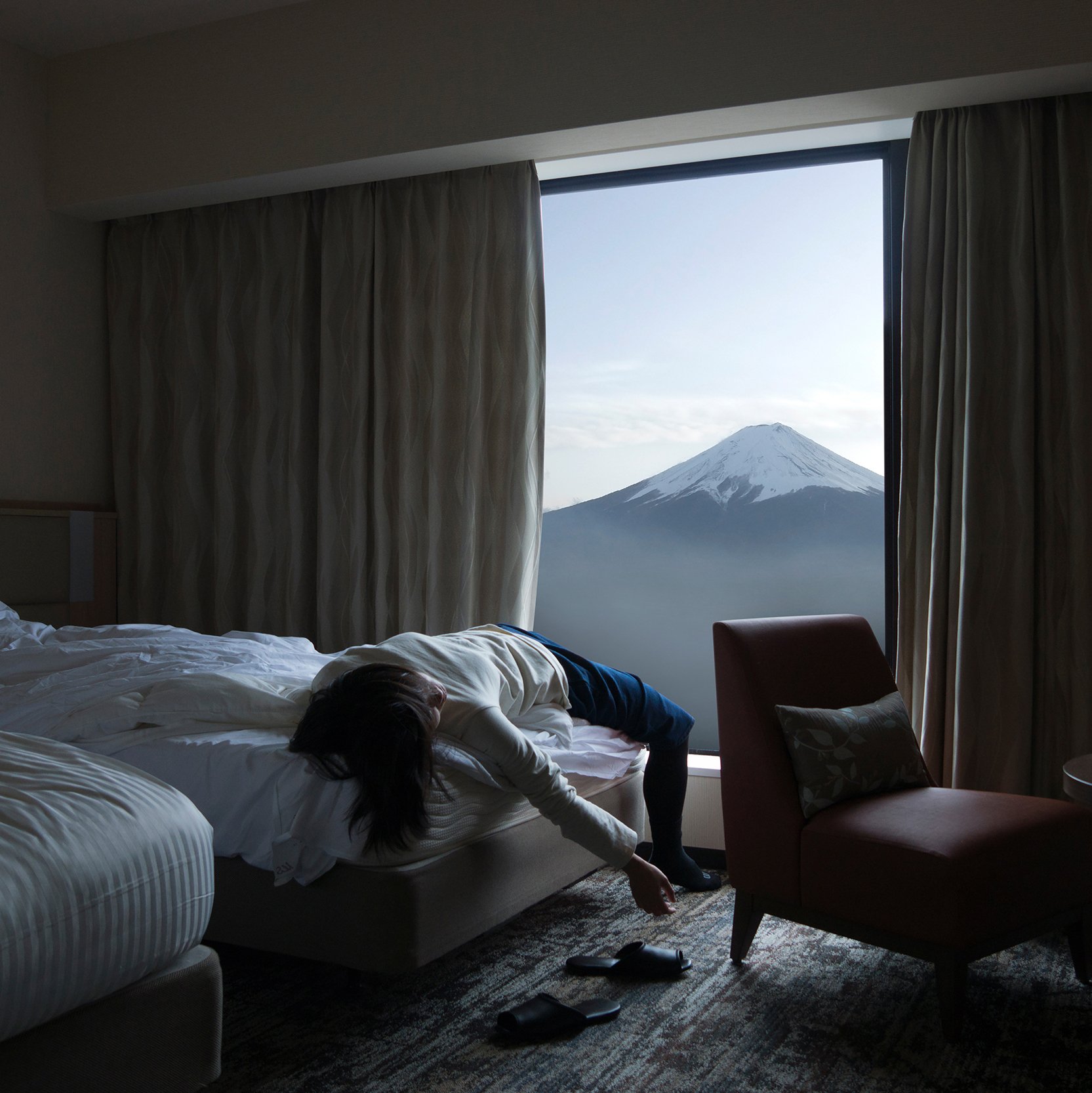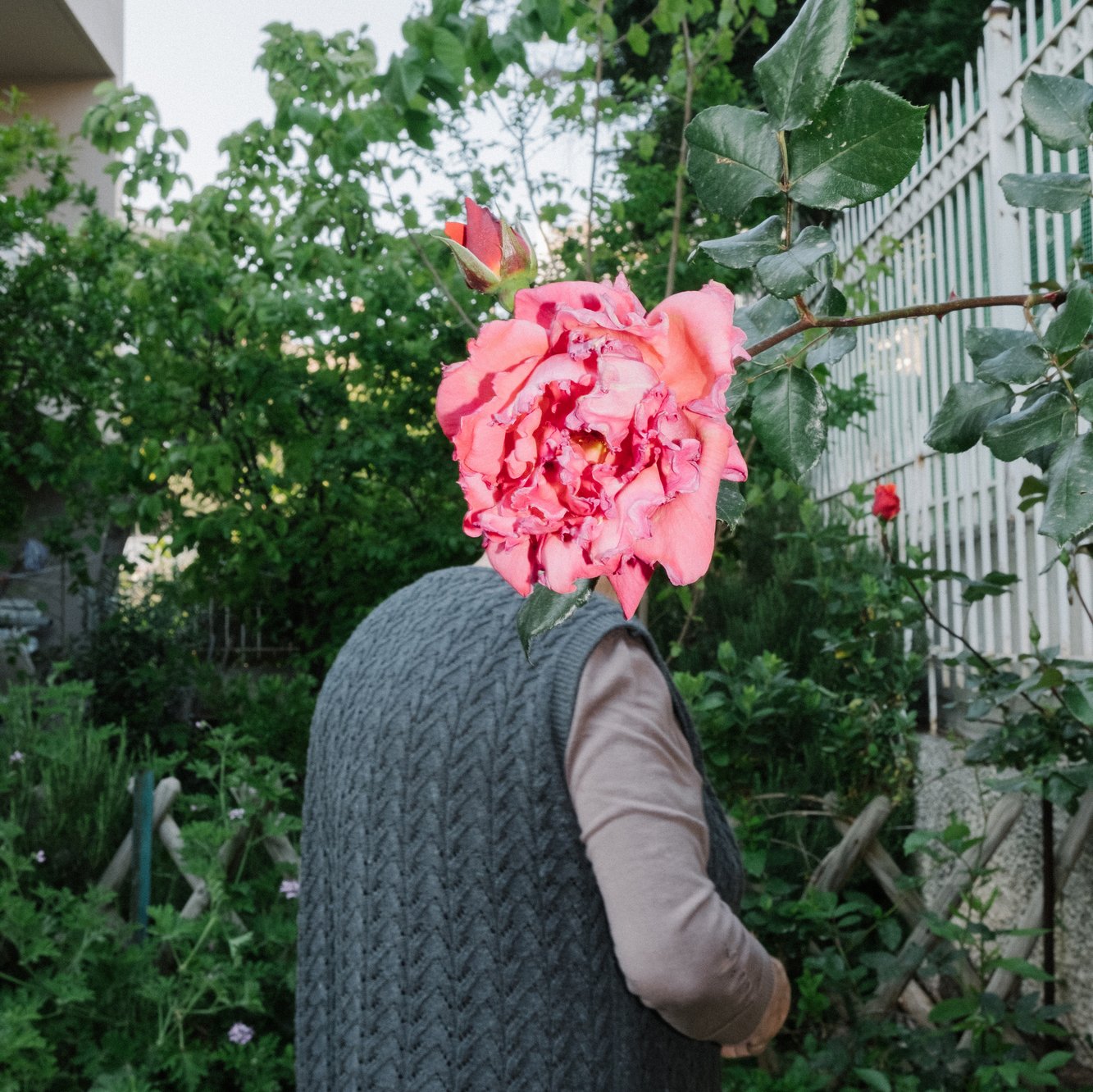paula carmona araya
Your name
Paula Isabel Carmona Araya
Place of birth
Iquique, Chile.
Place where you live now
Santiago, Chile.
3 words to describe you
critical, sensitive and analytical
Why do you take pictures?
Because it is the best support to show the actions I perform.
Where do you get your inspiration?
Of everyday experiences, which I think critically in relation to capitalism.
Who are your influences?
Very varied visual artists, such as: Esther Ferrer, Vito Aconcci, Sophie Calle, Luis Pazos, etc. But above all political and poetic situations
What determines the subject matter you choose?
The urgency of the moment, a problem that I seek to formulate through artistic action
What impact would you like your art to have?
I would like it to be read as a proposal for the world at a collective level, which generates meaning and contributes to thinking about a better life
What artwork do you never get bored with?
Obrabierta by Hernán Parada
Is there anything you want to add?
I understand the image as a doing, that is what differentiates it from the word. Hence the actions photographed.
Gesture and Lanscape
Project statement:




















